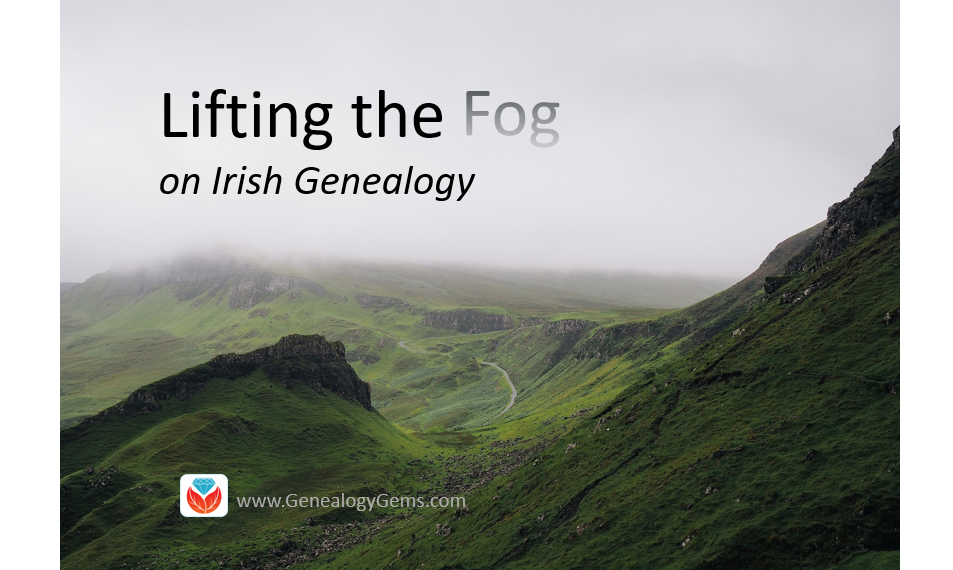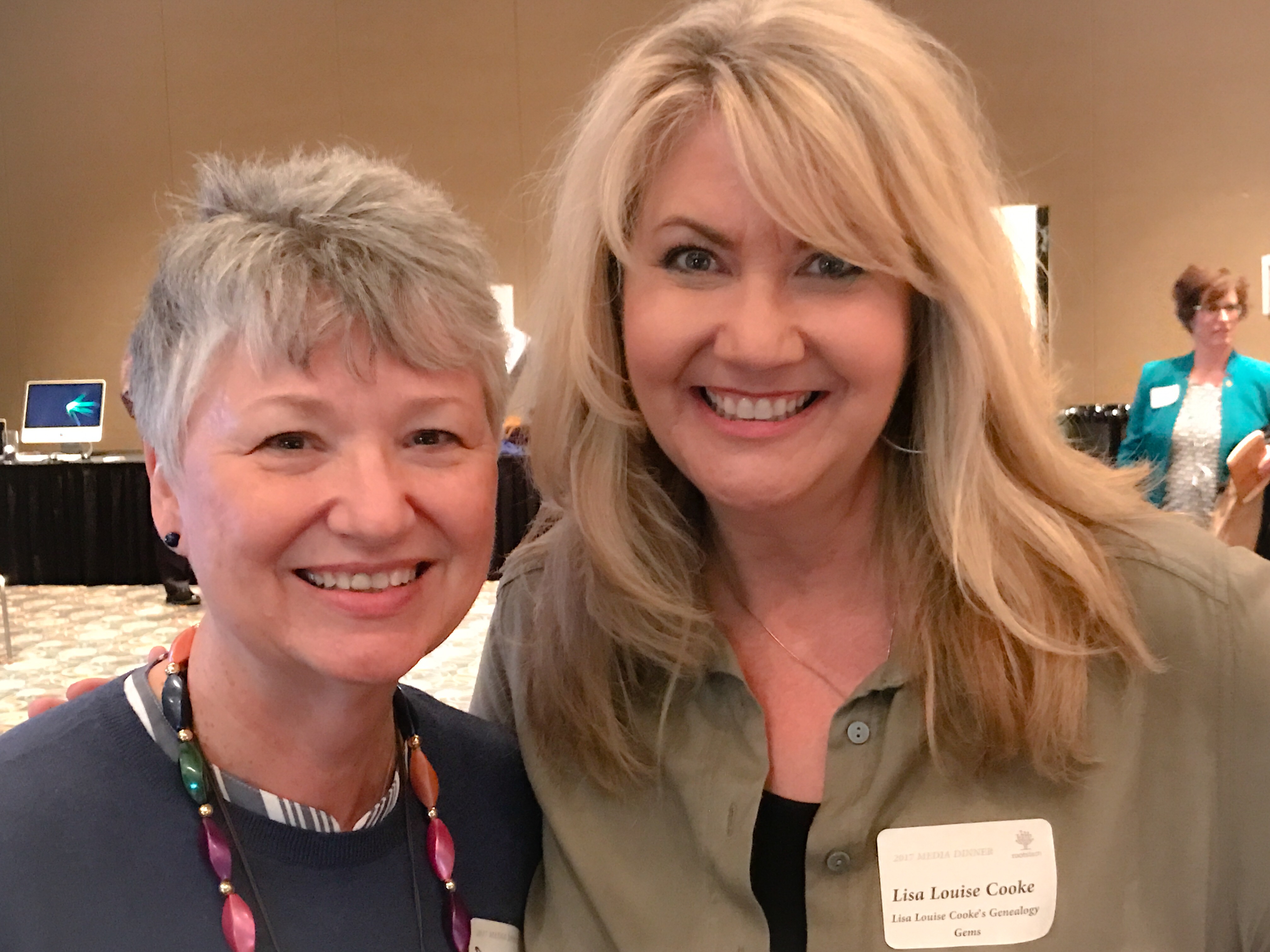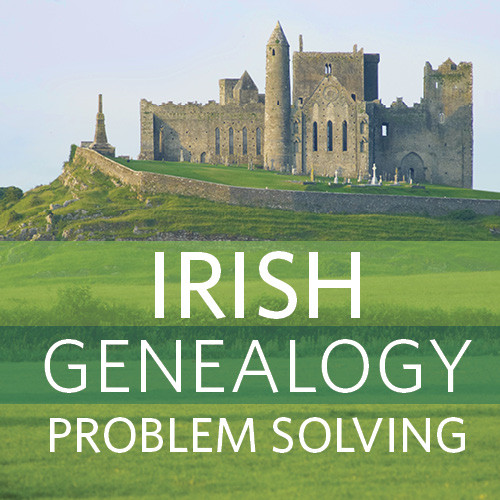Free Genealogy and DNA Video Presentations Now Available from MyHeritage
The second annual MyHeritage user conference, MyHeritage LIVE 2019, was held in Amsterdam.
Below you’ll find a list of lectures from the conference which are now online. These sessions, given by world-renowned experts and valued MyHeritage staff, are now available on MyHeritage Education.
If you missed the conference or the live stream, you can now take watch these video recordings for free, from the comfort of your own home, at any time, and at your own pace.
Pick from this List of MyHeritage Video Classes
Here is a list with a full description of each and links to watch them:
Opening Session: Keynote by MyHeritage Founder and CEO Gilad Japhet
In his keynote address at MyHeritage LIVE, MyHeritage Founder and CEO, Gilad Japhet, talks about recent MyHeritage achievements as well as upcoming features and projects
What’s New at MyHeritage
with Maya Lerner
Maya Lerner, VP of Product at MyHeritage, gives a summary of MyHeritage’s new features and a look ahead at future plans.

Introducing the New Educational Resource Center for MyHeritage Users
with Daniel Horowitz
This presentation will give you an inside look at MyHeritage Education, a new online resource center for enhancing your understanding of the MyHeritage platform.
Hear my interview with Daniel Horowitz in Genealogy Gems Podcast episode #221.

Searching and Browsing on MyHeritage to Get the Most Out of Your Research
with Cyndi Ingle
With 10 billion historical records, MyHeritage is able to provide the most extensive genealogy searches available on the Internet. Learn how to use them efficiently to find new and relevant information to incorporate into your research.
Discovering Immigration Stories with MyHeritage
with Lisa Alzo
Every immigrant has a story. Learn how to leverage the immigration records collection at MyHeritage to uncover key clues and make amazing discoveries about your immigrant ancestors from both sides of the pond.
Lisa Alzo has been a guest blogger here at Genealogy Gems. Her articles include Heritage Receipts – Aunties, Sprinkles and the Santa-in-his-cap cookie cutter and 4 Steps to Getting Started with Scrivener Software for Writing Family History.
Using MyHeritage to Find Ancestors from the Netherlands
with Yvette Hoitink
If you have ancestors from the Netherlands, this talk introduces you to the most important records and shows you what you can find online, even if you don’t know any Dutch. Learn how naming traditions and emigration patterns can help you find your Dutch ancestors.
PANEL: Researching Dutch Family History Around the World
These experts give tips and advice on how to research your roots in Surinam and the former Dutch East Indies.
Evaluating Your Smart Matches™ and Record Matches on MyHeritage
with James Tanner
Smart Matches™ and Record Matches on MyHeritage supercharge your research. Learn how to review and evaluate these automatically generated matches and effectively use them to advance your genealogical research goals.
An Overview of Western European Record Collections on MyHeritage
with Mike Mansfield of MyHeritage
With over three billion records from thousands of collections of European origin and a vibrant user community, MyHeritage is an incredible resource for European research. This session will provide an overview of these collections and highlight how to best find access and utilize these sources.
Using Geni and How it is Different from Other Genealogy Platforms
with Mike Stangel
Learn more about the benefits of collaboration in a single-family tree, including adding sources to shared profiles, communicating with public discussions, understanding the revision history of profiles, and working with projects. Learn how Geni and MyHeritage work together to help improve the quality of the World Family Tree and connect you to new relatives.
Top Technology Tips for MyHeritage Users & Introduction to Family Tree Webinars
with Geoff Rasmussen
Developing Your Own Research Plan on MyHeritage
with James Tanner
MyHeritage provides an extremely valuable platform for conducting systematic and source-based research. A formal research plan can help you organize all the information presented in a coherent, useful way, and keep you moving towards your genealogical goals.
Using Census, Immigration, Newspaper, and Yearbook Records at MyHeritage to Explore the LIves of Your Ancestors
with Lisa Alzo
In genealogy, cluster and collateral research is a key strategy for solving complex brick wall problems. Learn how to use census, immigration, newspaper, and yearbook records at MyHeritage to explore the lives of your ancestors and their inner circles.

Science for the Non-Scientist: How Does MyHeritage Produce their DNA Results?
with Diahan Southard
DNA test results are a companion to our other research methods. A better understanding of how it all works will lead to better use of the tools for your family history research.
Diahan has been a regular contributor here at Genealogy Gems. Read her article Adoption DNA Match Strategy: Combine DNA Test Types.
Click the video player below to watch my conversation with Diahan about common genetic genealogy misconceptions:
What Exactly is a Centimorgan? An Introduction to the Science of DNA Testingwith Ran Snir
Whether you have already taken a DNA test or this is the first time you’re hearing about it, in this session we will start from the very beginning. We’ll go over the basic terms of DNA testing and learn how DNA is passed down through generations, how and why individuals have shared DNA segments and how we’re able to estimate one’s ethnicity origins.
Ran Snir was featured in Genealogy Gems Podcast episode #227. Click here to hear my interview with him on the Theory of Family Relativity™.
Mapping Your DNA Matches on MyHeritage
with Blaine Bettinger
Learn about useful tools to organize your list of DNA Matches, how to differentiate between them, and how to better utilize each tool.
Using the Theory of Family Relativity™ to Research Your DNA Matches
with Ran Snir
Learn about the revolutionary technology that saves you dozens of hours of research by synthesizing billions of data points to craft multiple theories about how you and your DNA Matches might be related.
PANEL: The Future of DNA Testing
Roberta Estes, Blaine Bettinger, Yaniv Erlich
This panel of DNA experts discusses the current state of DNA testing and what the future will bring.
Formulating a DNA Testing Plan
with Blaine Bettinger
DNA testing can be expensive, but DNA evidence is a component of exhaustive research when it is available. Identify some of the ways you can minimize costs while maximizing results by formulating a DNA testing plan early in your research.
Why You Should Complement Your DNA Data with Genealogy Research
with Diahan Southard
Building a family tree is free and adds a lot of value to your DNA test. Learn how it can help improve the accuracy of relationship estimates, trace common ancestors to uncover how exactly you are related, increase the chances DNA Matches will contact you, help you identify the family members whose DNA results would contribute the most value to your research, and more.
The World Wide DNA Web
with Alon Diament Carmel
Alon Diament Carmel, Ph.D., researcher for the MyHeritage science team, explains what we can learn from the vast web billions of DNA Matches about genetic groups and identity.
Introducing the MyHeritage DNA Health+Ancestry Test
with Yaniv Erlich
Discover how your genes affect your health and explore the valuable insights you can gain from this latest addition to our DNA product line. The MyHeritage DNA Health+Ancestry test gives you dozens of personalized health reports that explain your genetic risk for developing certain conditions, and tell you whether you’re a carrier for hereditary conditions that can potentially be passed on to your children.
PANEL: DNA Testing for Health
with Yaniv Erlich, Diahan Southard, Roberta Estes
This panel of DNA experts discusses the advantages of taking a Health DNA test to learn more about how your genes may affect your health and empower you for the future.




 Genealogists with Irish roots face a number of research obstacles that only seem to produce more questions. The fire at Four Courts in 1922, as well as the government’s destruction of early census records, has left a major void for Irish family historians. Contrary to popular belief, however, not all records were destroyed. Although difficult, tracing your ancestry in Ireland is not impossible. In this hour-long webinar, Irish genealogy expert Donna Moughty will answer the most common questions faced by researchers conducting Irish research.
Genealogists with Irish roots face a number of research obstacles that only seem to produce more questions. The fire at Four Courts in 1922, as well as the government’s destruction of early census records, has left a major void for Irish family historians. Contrary to popular belief, however, not all records were destroyed. Although difficult, tracing your ancestry in Ireland is not impossible. In this hour-long webinar, Irish genealogy expert Donna Moughty will answer the most common questions faced by researchers conducting Irish research. 